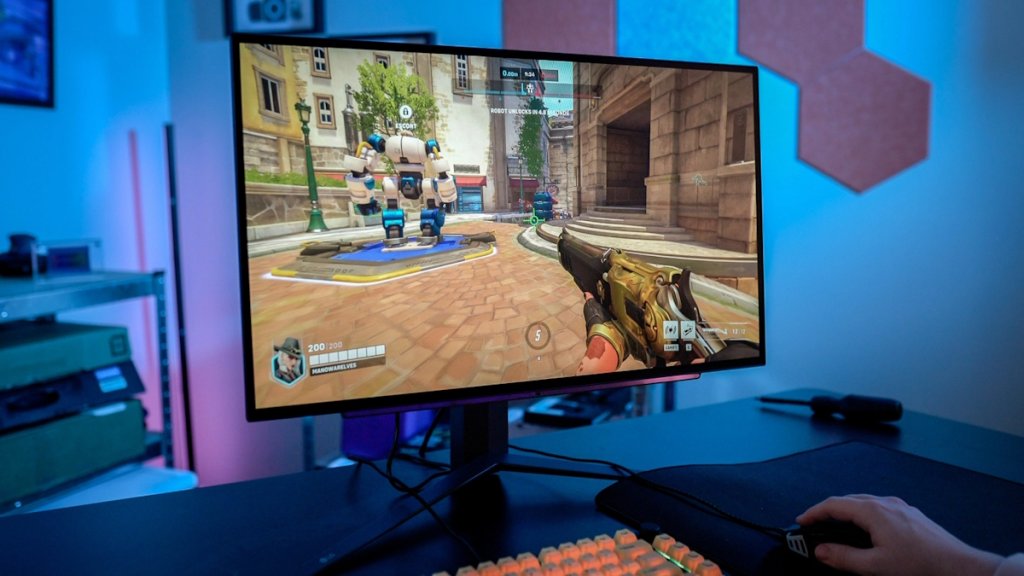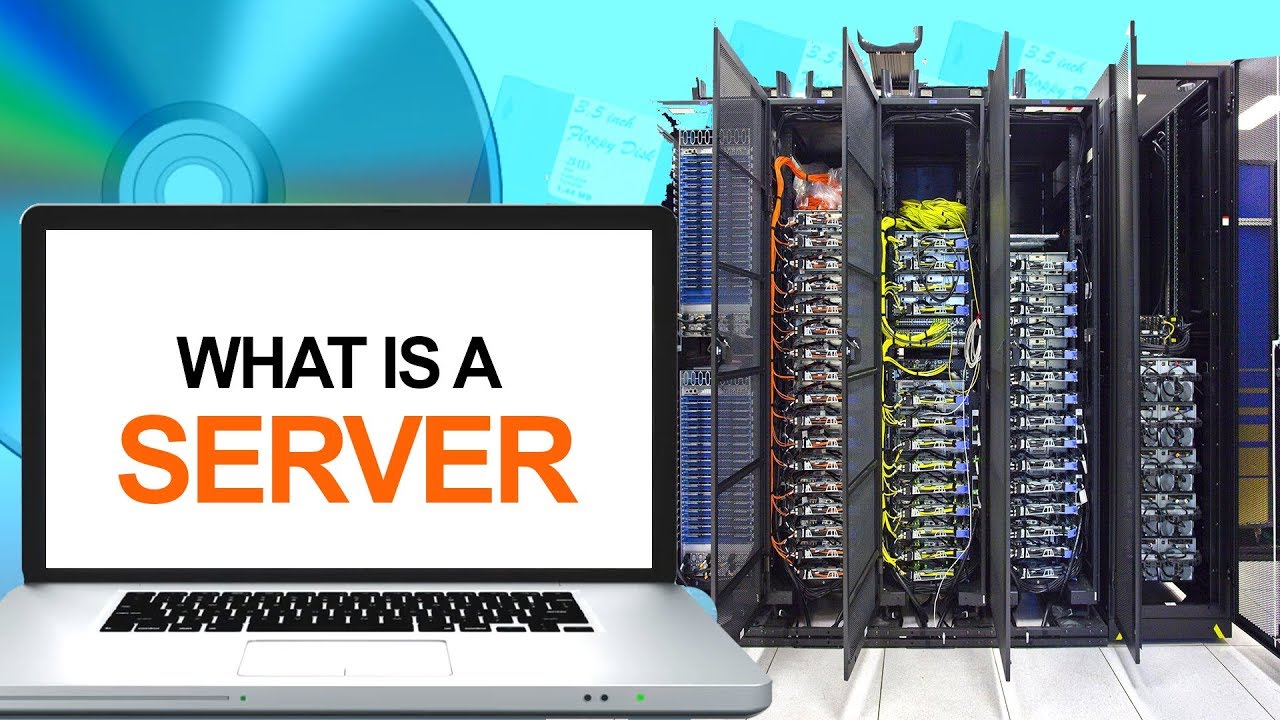Why Does Response Time Matter in 1440p 144Hz Monitors?

Choosing the correct monitor can significantly impact gaming and high-performance computing. The resolution and refresh rate are two key factors that stand out.
Tom’s Hardware states using a 1440p monitor can enhance overall working productivity, allowing one to manage tasks such as editing, data management, and others.
A 1440p resolution combined with a 144Hz refresh rate offers an immersive visual experience, but response time is crucial to fully taking advantage of these features.
This article will explore why response time matters in 1440p 144Hz monitors and how it affects your overall viewing experience, especially for gamers and content creators.
An Overview of 1440p and 144Hz Monitors
A 1440p 144Hz monitor is a popular choice among gamers and professionals, offering a perfect blend of sharp visuals and smooth performance. The term 1440p is the resolution of 2560 x 1440 pixels, which provides a higher level of detail than standard 1080p monitors, making it ideal for gaming, graphic design, and other visual-intensive tasks.
The 144Hz refresh rate indicates how many times the display updates per second, resulting in fluid motion and reduced screen tearing. This combination is highly sought after in competitive gaming, where sharp image quality and fast response times are critical for an edge over opponents.
- 1440p Resolution: Also known as Quad HD (QHD), this resolution offers a pixel count of 2560 x 1440, providing a sharp and clear image that is a step up from Full HD (1080p) but not as demanding as 4K. This resolution strikes a balance between visual quality and performance.
- 144Hz Refresh Rate: This refers to how often the monitor refreshes the image on the screen per second. A 144Hz refresh rate means the monitor refreshes 144 times per second, providing smooth motion and minimizing motion blur. It is especially beneficial for fast-paced activities like gaming.
Together, these two features offer a fantastic viewing experience. However, even with these specifications, the monitor’s response time plays an essential role in determining the display’s overall quality.
What is Response Time?
Response time refers to how quickly a pixel can change from one color to another, usually measured from gray-to-gray (G2G). The lower the response time, the quicker the pixels can refresh, which leads to smoother transitions and less ghosting or blurring in fast-moving scenes.
This is particularly important in activities like gaming, where every fraction of a second can impact performance.
Why Does Response Time Matter?
Now that we have a basic understanding of response time let’s explore why it matters so much in a 1440p 144Hz monitor:
1. Reduced Motion Blur
Motion blur occurs when pixels cannot change quickly enough to keep up with fast-moving objects on the screen. In a high refresh rate monitor, if the response time is too high, the result is noticeable ghosting and smearing of fast-moving visuals.
According to PC Gamer. Com, using a monitor can enhance the overall screen visuals by reducing motion blur.
This effect is especially detrimental in competitive gaming, where split-second reactions can make or break the game. A low response time ensures pixels can quickly transition, offering a sharp and clear image even in fast-paced moments.
2. Enhanced Gaming Experience
Response time is critical for gamers, particularly in fast-paced titles like first-person shooters (FPS), racing games, and action-packed adventures. In games that require rapid reactions, a lower response time means less input lag and a more accurate representation of the action on screen.
A 1440p resolution and a 144Hz refresh rate offer an exceptional gaming experience. Still, a slow response time can ruin this experience, making you feel sluggish or out of sync with your inputs.
3. Improved Visual Clarity
As mentioned earlier, a higher refresh rate ensures smoother motion. However, if the response time is high, the transitions between frames can become blurry. This is especially noticeable in fast scenes where multiple objects move quickly across the screen.
A lower response time ensures that every frame is crisp and clear, allowing you to see the details of every fast-moving element in real time.
4. Competitive Edge
Response time isn’t just a feature for competitive gamers—it’s a necessity. A low response time can provide an edge over opponents by ensuring your movements are displayed as quickly as possible without blurring or ghosting.
This can be the difference between hitting your target and missing it by a split second. Even if you’re not a professional gamer, having a monitor with a fast response time will enhance your overall gaming experience.
5. Content Creation and Video Editing
Fast response times benefit not just gamers. Content creators and video editors can benefit from working on 1440p 144Hz monitors, which allow them to see their work with sharp detail and fluid motion.
A low response time ensures that video playback and editing appear smooth and without distortion. This is important when fine-tuning colour grading, visual effects, or reviewing video edits, where clarity and precision are paramount.
How to Choose the Right Response Time
When choosing a 1440p 144Hz monitor, look for one with a response time of 1 ms to 3 ms. Anything beyond this range can result in noticeable ghosting or blurring in fast-moving content.
A 1 ms response time is ideal for competitive gaming, ensuring every frame is as clear and precise as possible. However, a response time of 3 ms should be sufficient for general gaming or content creation.
Conclusion
While a 1440p 144Hz monitor offers an outstanding visual experience, the response time is a key factor that can either enhance or diminish the overall performance. Whether gaming, editing videos, or enjoying high-quality content, a low response time ensures smoother motion, sharper images, and a more responsive experience.
It gives gamers a competitive advantage and creators clarity and accuracy in their work. Always consider the response time alongside resolution and refresh rate to get the best possible monitor for your needs.









